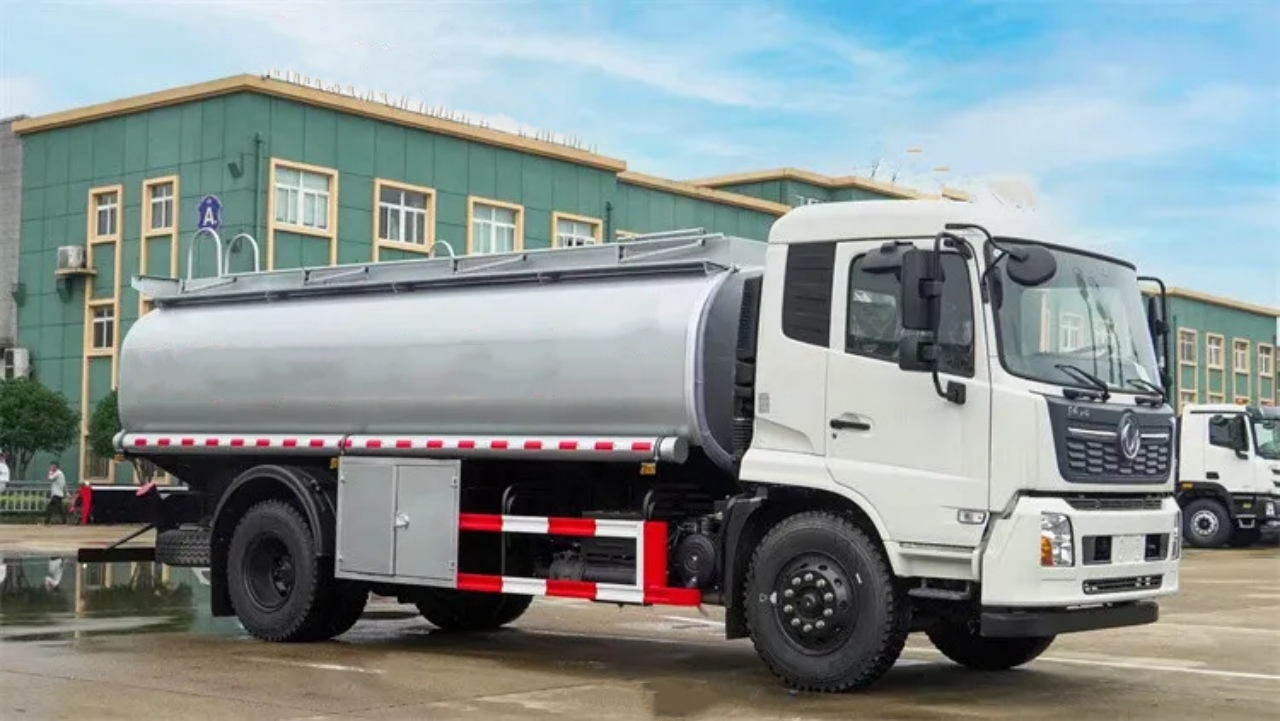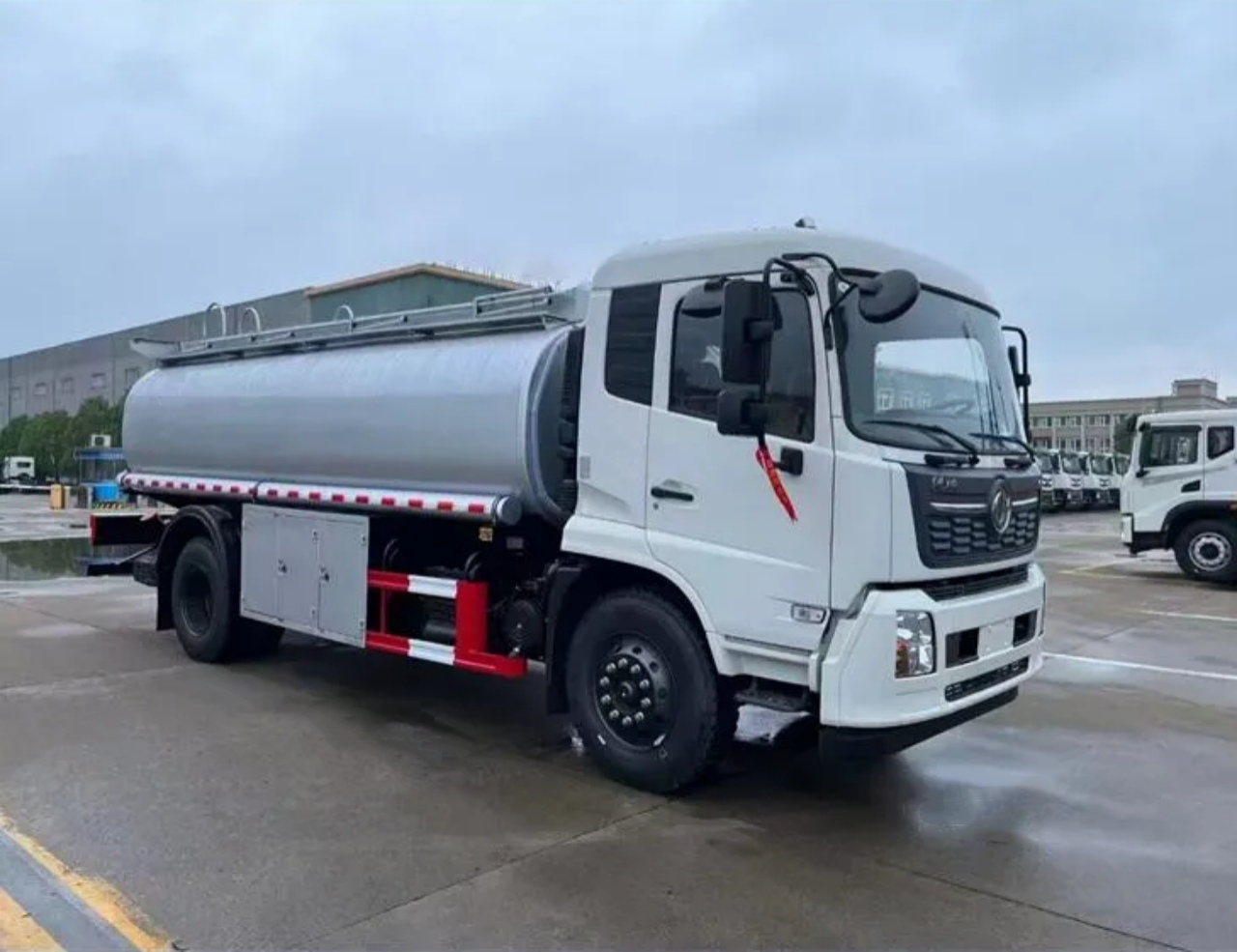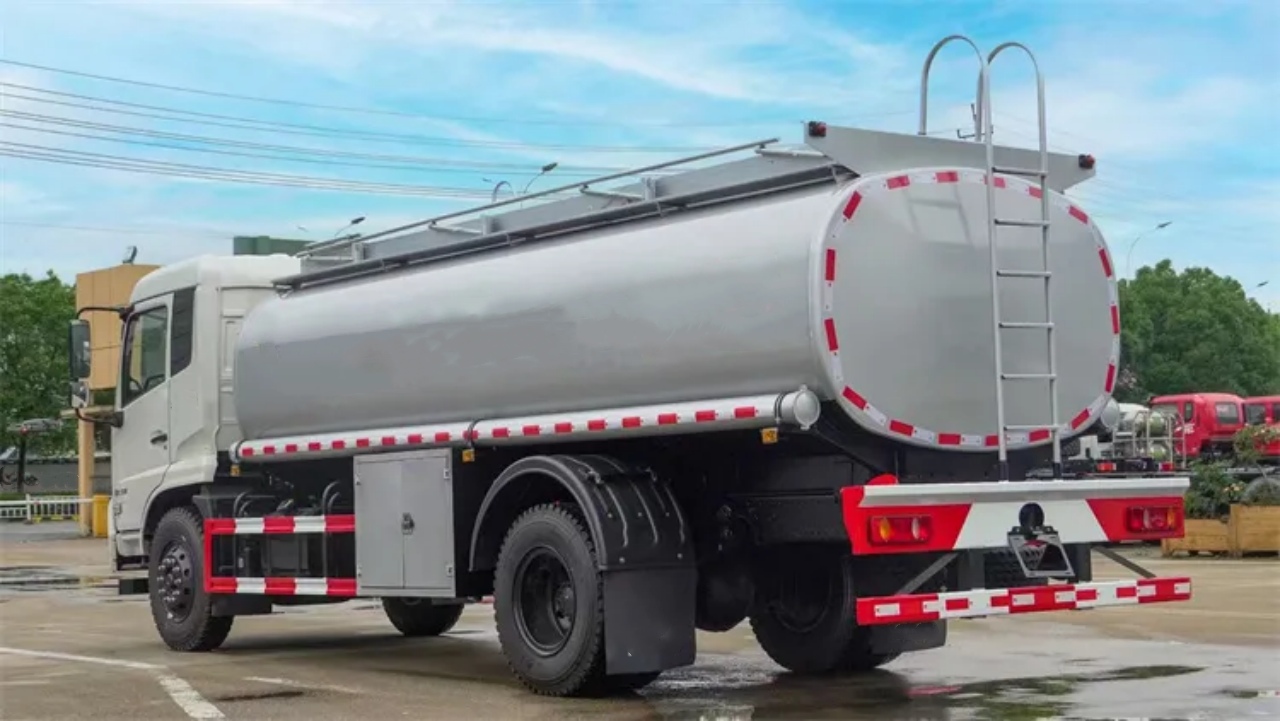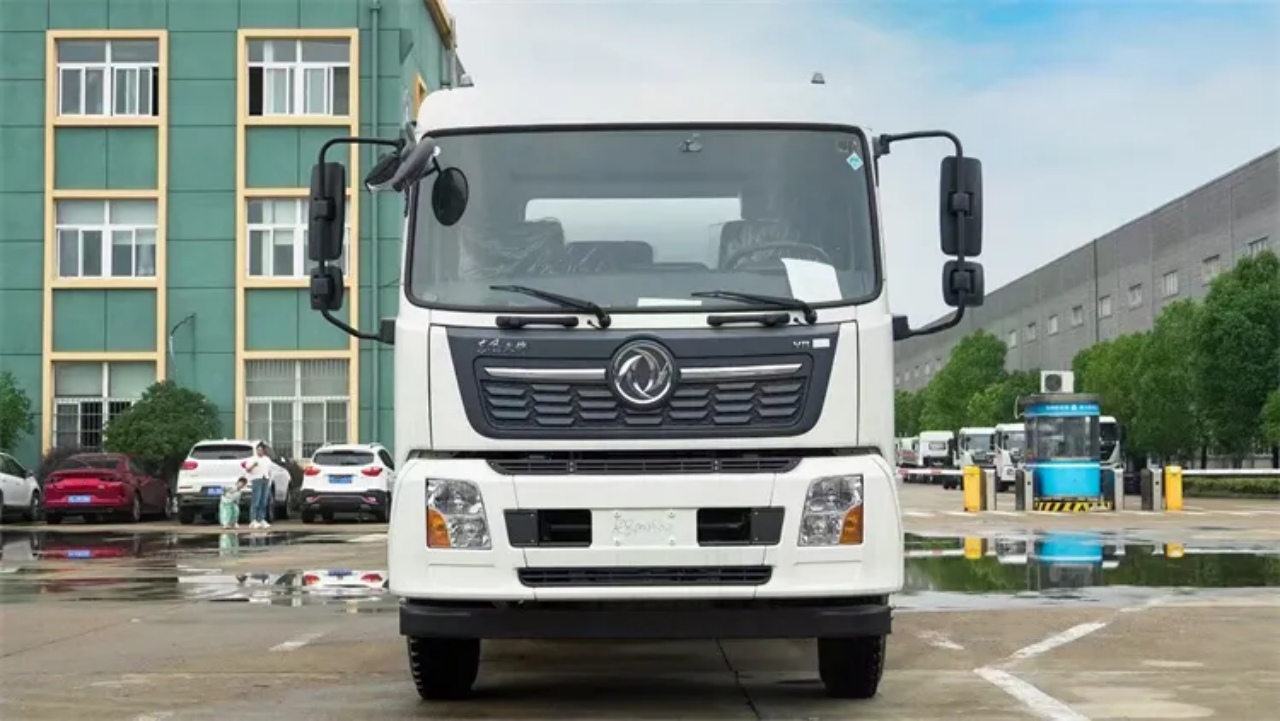Tanker lorries play a crucial role in the transportation of liquid and gaseous materials across countries and continents. From transporting petrol and diesel to delivering milk, water, or even chemicals and gases, these vehicles are specially designed to handle large volumes safely and efficiently. One of the most commonly asked questions about these trucks is: “How many litres can a tanker lorry carry?” The answer isn’t as straightforward as one might expect. The capacity of a tanker lorry varies widely depending on several factors such as the type of tanker, its size, the nature of the cargo, regulations, and even the country in which it operates.
In this article, we’ll explore the different types of tanker lorries, how their capacity is measured, and what determines how many litres they can hold.
What is a Tanker Lorry?
A tanker lorry (or tanker truck) is a motor vehicle designed to carry liquefied loads, dry bulk cargo, or gases on roads. Tankers are built with cylindrical tanks mounted on a truck chassis, and these tanks are specially engineered to safely contain a wide range of materials. Depending on the product being transported, tankers may be made of stainless steel, aluminum, carbon steel, or specialized plastics.
There are different types of tanker lorries, including:
- Fuel tankers (for petrol, diesel, aviation fuel)
- Water tankers
- Milk tankers
- Chemical tankers
- LPG and LNG tankers
- Dry bulk tankers (for powders and granules)
Each type of tanker has different structural and regulatory requirements, which in turn influence its capacity.
Common Tanker Lorry Capacities
The capacity of a tanker lorry is typically measured in litres, though in some regions gallons or cubic meters (m³) may be used. The size of the tanker can vary significantly, but here are some general capacity ranges:
1. Small Tanker Lorries (Light Duty)
- Capacity: 1,000 to 5,000 litres
- Use: Often used for local deliveries, such as delivering water to rural homes or small construction sites.
- Design: Typically, a single-compartment tank mounted on a light or medium-duty truck.
2. Medium Tanker Lorries
- Capacity: 5,000 to 15,000 litres
- Use: Regional transport of milk, fuel, or industrial liquids.
- Design: These may have one or multiple compartments to carry different products on the same trip.
3. Large Tanker Lorries (Heavy Duty)
- Capacity: 20,000 to 40,000 litres
- Use: Long-haul transportation of fuel, chemicals, or gases.
- Design: Usually articulated trucks (tractor and trailer) with multiple compartments.
4. Articulated Tankers and Road Trains
- Capacity: Up to 50,000 litres or more
- Use: Found in countries with more lenient road weight limits, such as Australia, where long distances require high-capacity vehicles.
- Design: Multi-trailer setups (road trains) that can carry vast amounts of liquid.
Factors That Affect Tanker Capacity
The number of litres a tanker lorry can carry is influenced by a variety of factors:
1. Regulatory Limits
Different countries have specific road safety regulations that limit the gross vehicle weight (GVW). For example, in the UK and much of the EU, the maximum GVW for a road vehicle is 44 tonnes. This limit includes the weight of the truck, the tank, the liquid cargo, and any other equipment. These restrictions indirectly control how many litres a tanker can carry.
2. Density of the Cargo
Liquids vary in density. A litre of water weighs 1 kilogram, but a litre of gasoline weighs approximately 0.74 kg. Therefore, a tanker carrying water will hit its weight limit before it reaches its maximum volume, while a fuel tanker may reach its full volume before hitting the weight threshold.
3. Number of Compartments
Many tankers have multiple compartments (especially fuel and milk tankers) to carry different products or to improve load balance. Each compartment might range from 3,000 to 10,000 litres.
4. Tank Material and Design
Heavier materials (e.g., stainless steel) reduce payload capacity, while lightweight materials like aluminum allow for more liquid volume. Some tanks are insulated or lined with special coatings for specific cargoes, slightly affecting internal capacity.
Tanker Lorry Capacity Examples
Let’s take a look at a few real-world examples of tanker lorry capacities:
- Petrol Tanker (UK): Often around 36,000 litres, split into 4 to 6 compartments.
- Milk Tanker (Europe): Around 25,000 to 30,000 litres, insulated and food-grade stainless steel.
- Water Tanker (India): Typically 10,000 to 12,000 litres, used for municipal or construction supply.
- Bitumen Tanker (Middle East): Ranges from 20,000 to 35,000 litres, usually with heating systems.
- LPG Tanker (USA): Up to 40,000 litres, depending on the size and pressure rating of the tank.
Safety and Loading Considerations
It’s not just about volume—safety plays a vital role in tanker operations:
- Baffles: Internal partitions in the tank prevent liquid from sloshing too much, improving stability.
- Overflow Protection: Tankers are not filled to 100% capacity. A typical fill limit is around 95% to allow for thermal expansion.
- Pressure Ratings: Especially important for gas tankers; higher pressure allows more volume in a compact space.
- Tank Shape: Cylindrical tanks are best for pressurized loads; elliptical or “D” shaped tanks maximize volume in non-pressurized applications.
Conclusion
So, how many litres is a tanker lorry? The answer depends on the size, type, regulations, and cargo. On average, tanker lorries can range from 1,000 litres for small tankers to over 40,000 litres for articulated heavy-duty trucks. Understanding this capacity is essential for logistics planning, safety, and operational efficiency.
Whether you’re dealing with fuel distribution, dairy logistics, or chemical transport, knowing your tanker’s capacity in litres helps you stay compliant and efficient in your operations.





